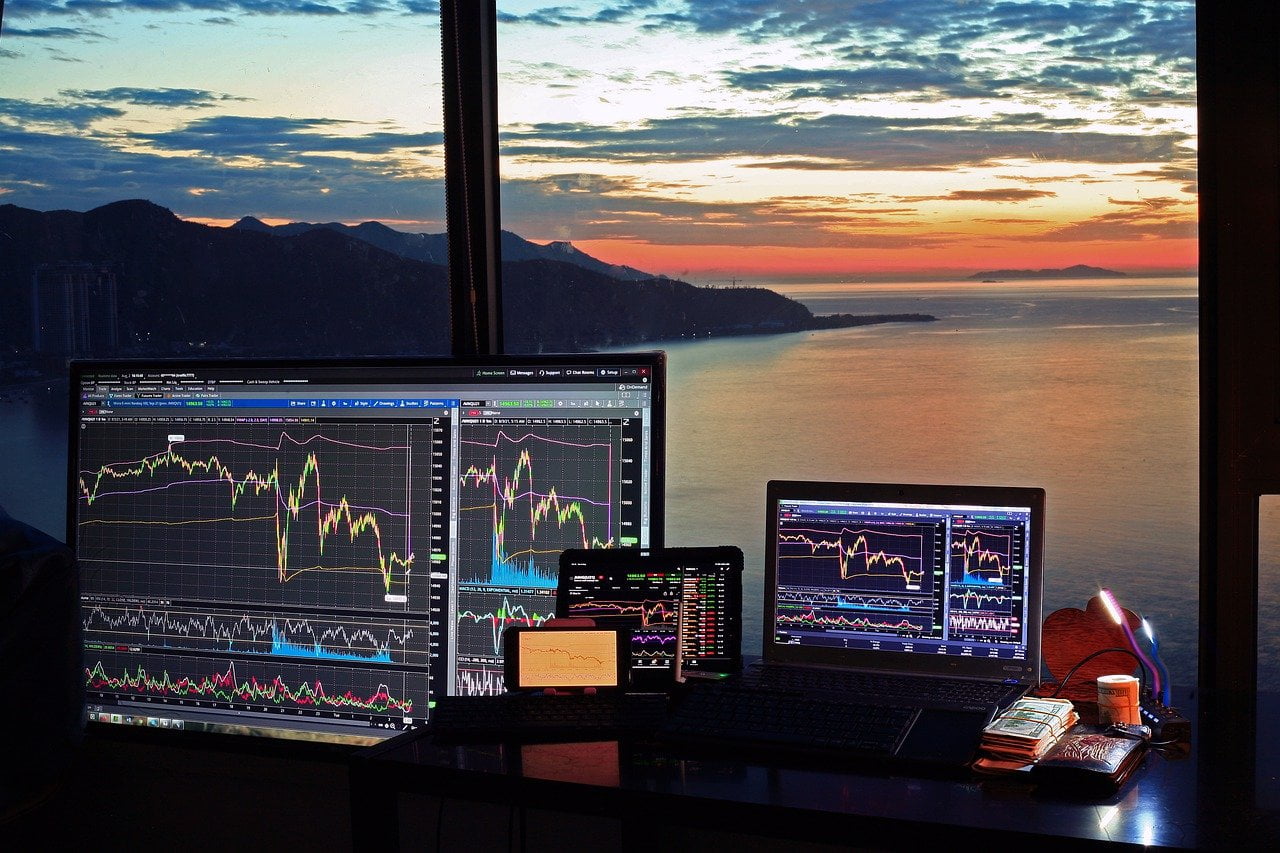In his podcast addressing the markets today, Louis Navellier offered the following commentary.
If you wish to listen to this commentary, please click here.
Stock Market Is In A Bad Mood
The stock market is in a bad mood today, but it’s trying to firm up as the day goes on.
One of the reasons the market got up on the wrong side of bed is the bad news emanating from Europe. It looks like Italy is going to replace its current prime minister Mario Draghi, who is a former head of the European central bank, and a very popular fellow because he invented Modern Monetary Theory which is unlimited money printing.
Q2 2022 hedge fund letters, conferences and more
The cost of living is very acute in Europe. They have weak currencies that bring their import costs up. They have horrible inflation and they have an energy crisis. We have already seen PM Boris Johnson from Britain having to exit and we'll see how many European leaders will have to exit because of what is going on.
The other reason is JP Morgan. Aside from their investment banking revenue declining sharply affecting their overall bottom line, JP Morgan also stopped their stock buybacks because the Federal Reserve has put a higher capital requirement on banks - which is a good thing the Fed did.
Good Inversion
Furthermore, JP Morgan always has a loss reserve because they are huge in the credit card business. They expect a certain default rate and they recently added to that which painted a very negative picture. Ironically, they are still making money from their higher interest rates. But JP Morgan has been pessimistic for some time and I'm not surprised they threw cold water on the entire market. The yield curve is inverted right now which is not good long-term for banks which is why I don't recommend banking stocks.
But the inverted yield curve is a good thing because it is going to force the Fed to stop raising rates after September.
Wall Street now wants the Fed to raise rates 100bps while some say 75bps. But it doesn't matter because they are behind market rates and the Fed likes to do what they have telegraphed. I suspect they will increase rates 75bps at the end of this month and then probably 75bps in September. And then they're done. The Federal Funds rates will be at 3%.
In the meantime, inflation looks like it is starting to cool off. The Labor Department announced on Thursday that its Producer Price Index (PPI) rose 1.1% in June and soared 11.3% in the past 12 months. This is the seventh straight month that wholesale prices have been running at an annual pace in excess of 10%. Wholesale energy prices soared 10% in June, while food prices rose only 0.1%. The core PPI, excluding food, energy and trade margins, rose 0.3% in June and 6.4% in the past 12 months. In May, the core PPI was running at a 6.7% annual pace, down from a peak of 7.1% in March, so the core PPI continues to steadily decline.
Huge Day Tomorrow
The retail sales report is coming out tomorrow. It's a huge day. If retail sales are above the inflation rate, that's positive.
There are finally some signs that unemployment is rising as economic growth stalls. Specifically, the Labor Department on Thursday announced that new claims for unemployment rose to 244,000 in the latest week. The good news is that continuing unemployment claims declined to 1.331 million compared to a revised 1.3742 million in the previous week. The four-week average of weekly jobless claims is now averaging 232,500 and has been steadily rising since April.
Coffee Beans
U.S. inflation hits food staples the hardest. The price of eggs rose by a third between June 2021 and June 2022 and butter, flour, chicken, and milk also showed some of the next-biggest price increases. Dairy was one of the food classes most affected by inflation, becoming on the whole more than 13.5 percent more expensive over the course of a year. Source: Statista. See the full story here.













